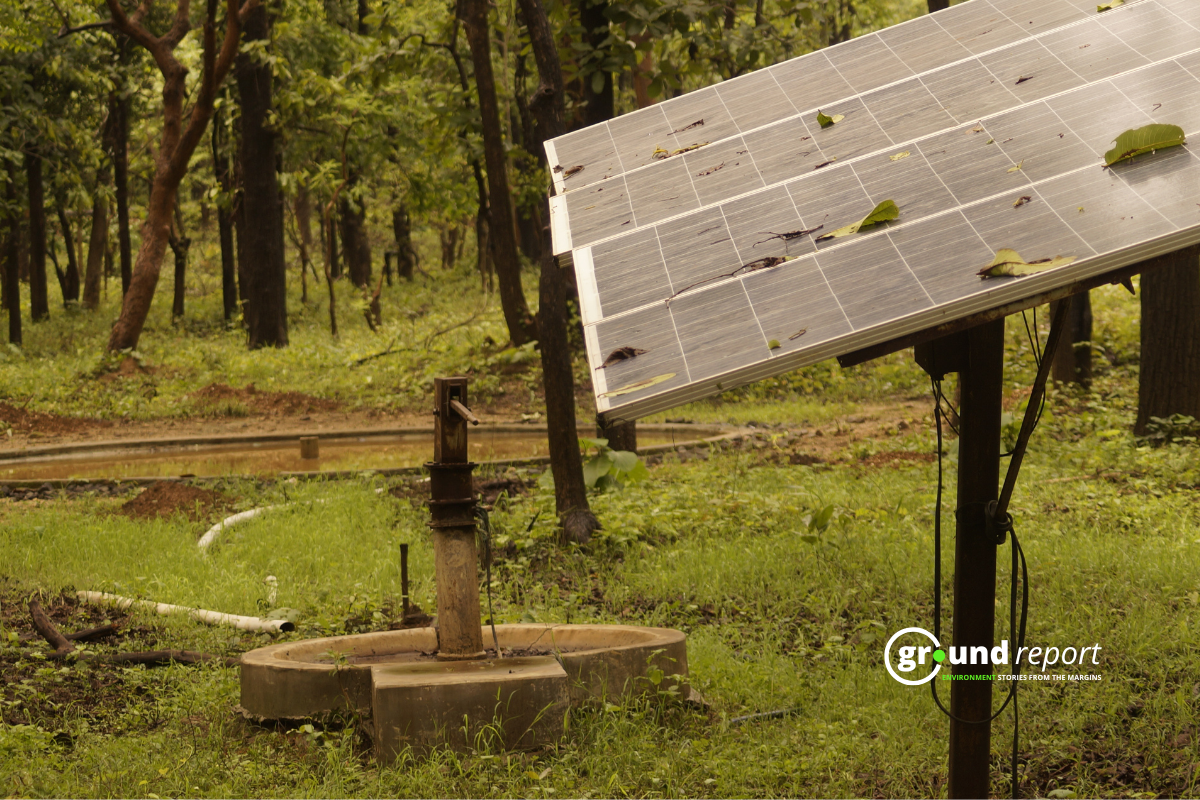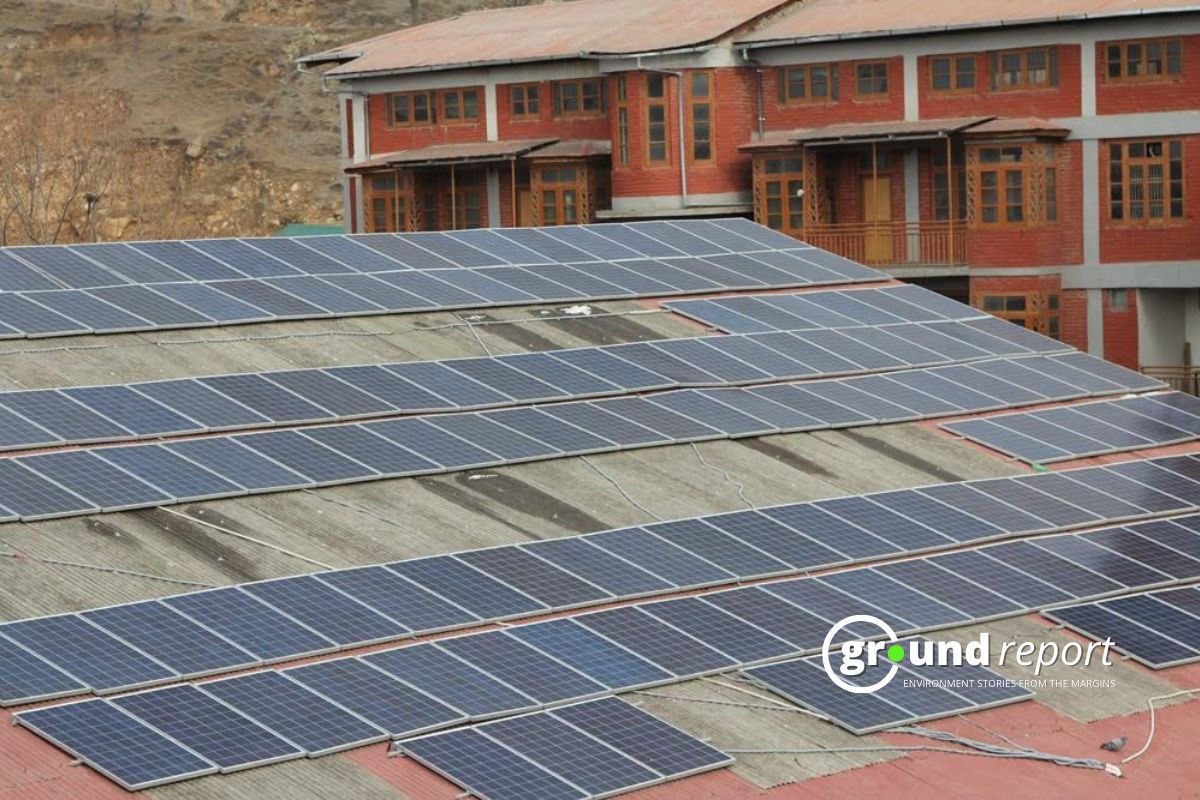The National Mission for Enhanced Energy Efficiency (NMEEE) was introduced under the National Action Plan on Climate Change (NAPCC). The scheme was released by the Prime Minister in 2008. NMEEE is one of the eight missions introduced under the National Action Plan on Climate Change.
The foundation stone of NMEEE was the Energy Conservation Act of 2001. This mission aims to strengthen the energy efficiency market through innovative business models in this sector. It was drafted by the Ministry of Power (MOP) and the Bureau of Energy Efficiency (BEE).
In 2010, the energy efficiency potential of India was estimated to be Rs 74,000 crores.
Initiatives
There are four initiatives under the NMEEE to enhance energy efficiency in India:

1. Perform Achieve and Trade (PAT): Enhance the cost-effectiveness of improvements in energy efficiency in energy-intensive large-scale industries. This shall be done through certification of energy savings that could be traded.
2. Market Transformation for Energy Efficiency (MTEE): More thrust to innovations in order to encourage the production of appliances that are affordable and energy-efficient.
3. Energy Efficiency Financing Platform (EEFP): To ensure adequate finance at reasonable rates for energy efficiency project implementation.
4. Framework for Energy Efficient Economic Development (FEEED): Developing innovative fiscal instruments to promote energy efficiency by reducing risks for investors and banks.
This was undertaken by BEE by starting two different kinds of funds:
a) Partial Risk Guarantee Fund for Energy Efficiency – guarantees a risk cover of 50% of the loan amount or Rs. 10 crore per project, whichever is lower.
b) Venture Capital Fund for Energy Efficiency – provides equity support for the successful implementation of projects equal to Rs. 2 crore or 15% of the total equity, whichever is lower.
UJALA program

A major success can be attributed to the Energy Efficiency Services Limited (EESL) initiative for the implementation of the Unnat Jyoti Affordable LEDs for All (UJALA) program. This scheme has radically transformed the energy sector and significantly reduced energy consumption by providing affordable LED bulbs.
This had led to a reduction in carbon emissions by 27 million tonnes every year. It is also estimated that a total energy savings of about 26 MTOE or a reduction in carbon emissions by 70 million tonnes will be achieved by the end of the 6th PAT cycle in March 2023.
Performance
Over 400 industries reduced their emissions by about 31 million tonnes of carbon dioxide between 2021 and 2015, during the 1st cycle of PAT. Furthermore, the 2nd PAT cycle from April 2016 to March 2019 had an overall energy consumption reduction target of 8.869 million tonnes of oil equivalent (MTOE) covering 11 sectors. Also, 3rd PAT cycle overlapped with the second, from April 2017 for three years with a reduction target of 1.06 MTOE, notified to 116 consumers mainly in six sectors.
The six sectors include thermal power plant, cement, aluminum, iron & steel, pulp & paper, and textile.
Read more: National Mission for Enhanced Energy Efficiency
The 6th PAT cycle is implemented as a rolling cycle. Under this cycle, new units are notified for a period of three years annually.
The 6th PAT cycle is underway currently (2020-21 to 2022-2023) including six sectors i.e. cement, iron & steel, textiles, pulp & paper, commercial buildings (hotels), and petroleum refinery.
The target is to achieve a total energy savings of 1.276 MTOE.
Support us to keep independent environmental journalism alive in India.
Keep Reading
What is Green Hydrogen? Could it change energy in South Asia?
Blue hydrogen is worst for climate: study
How Increasing space traffic threatens ozone layer?
Hydro Fuel Market: India’s current scenario and the future ahead
Natural Gas is a Misleading term, It is not Natural and clean at all
Follow Ground Report on X, Instagram and Facebook for environmental and underreported stories from the margins. Give us feedback on our email id greport2018@gmail.com.
Don’t forget to Subscribe to our weekly newsletter, Join our community on WhatsApp, and Follow our YouTube Channel for video stories.







